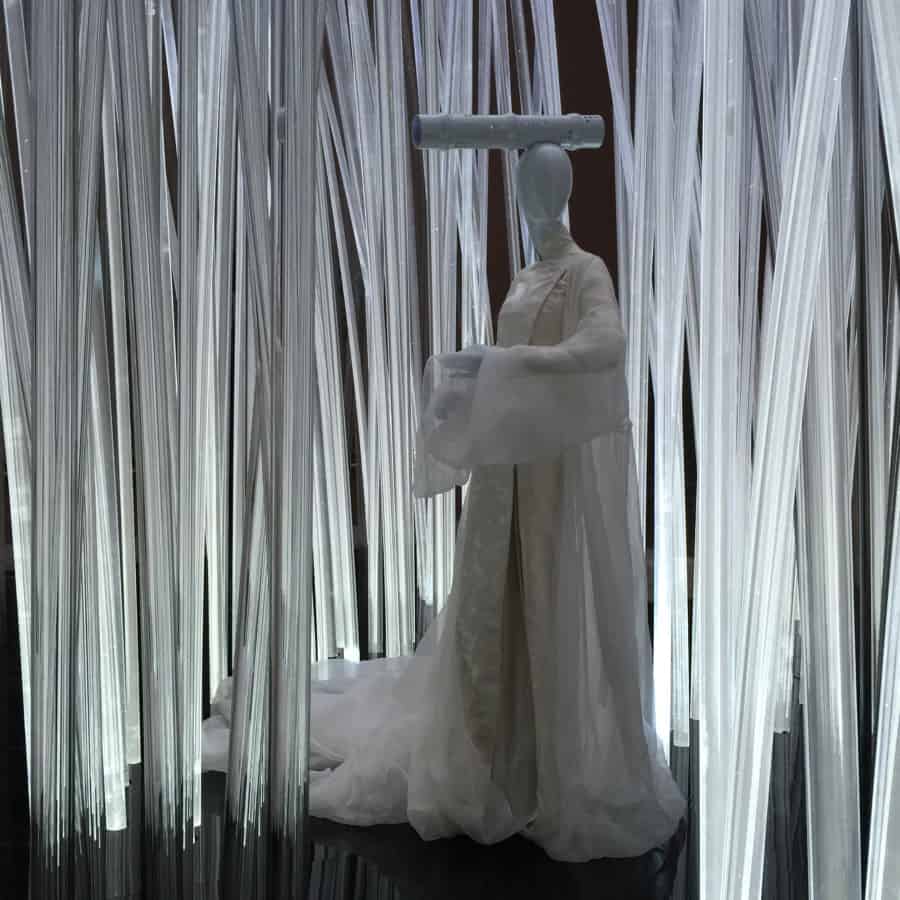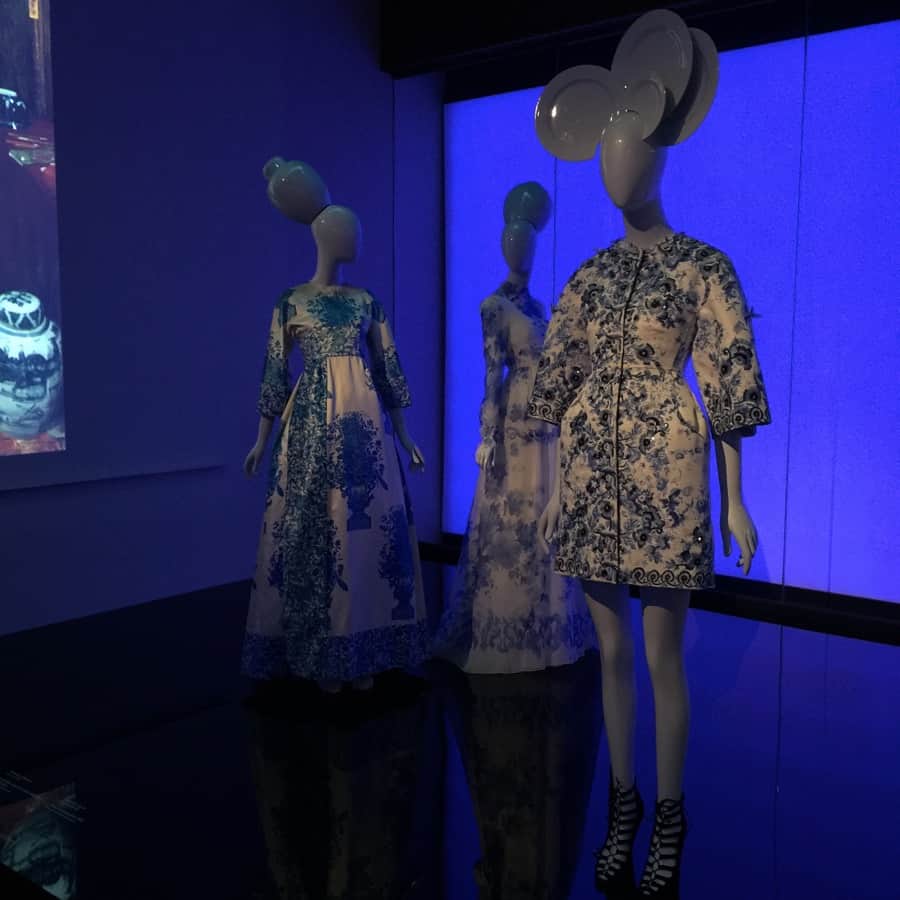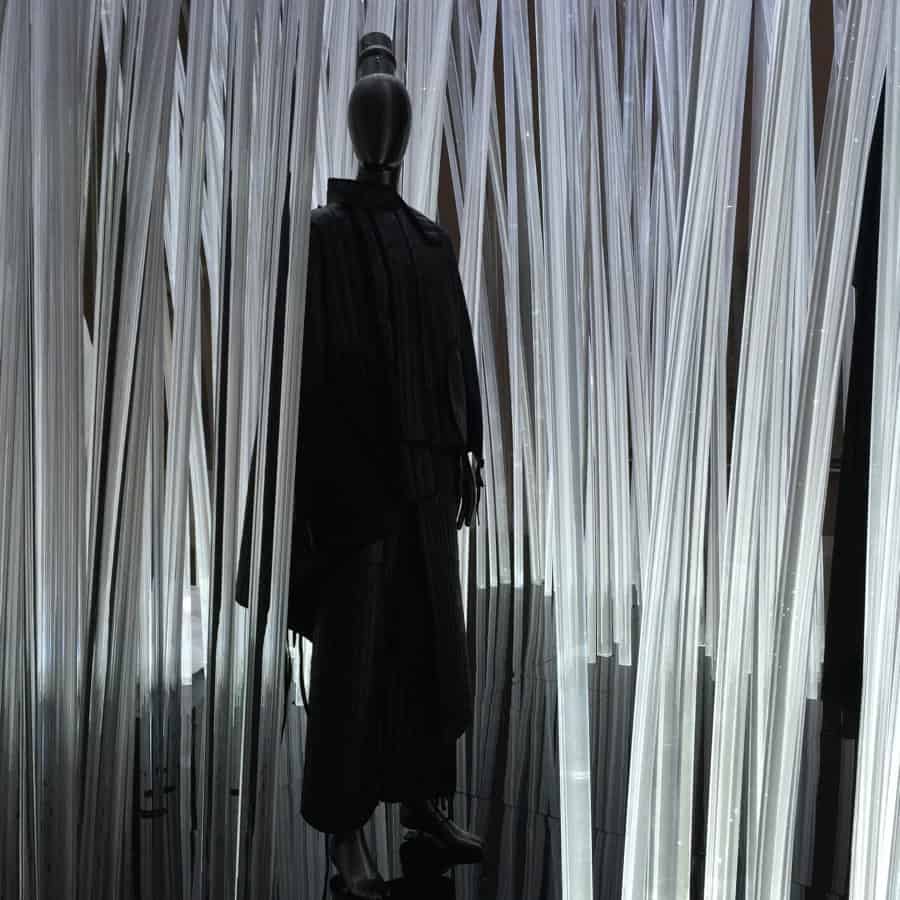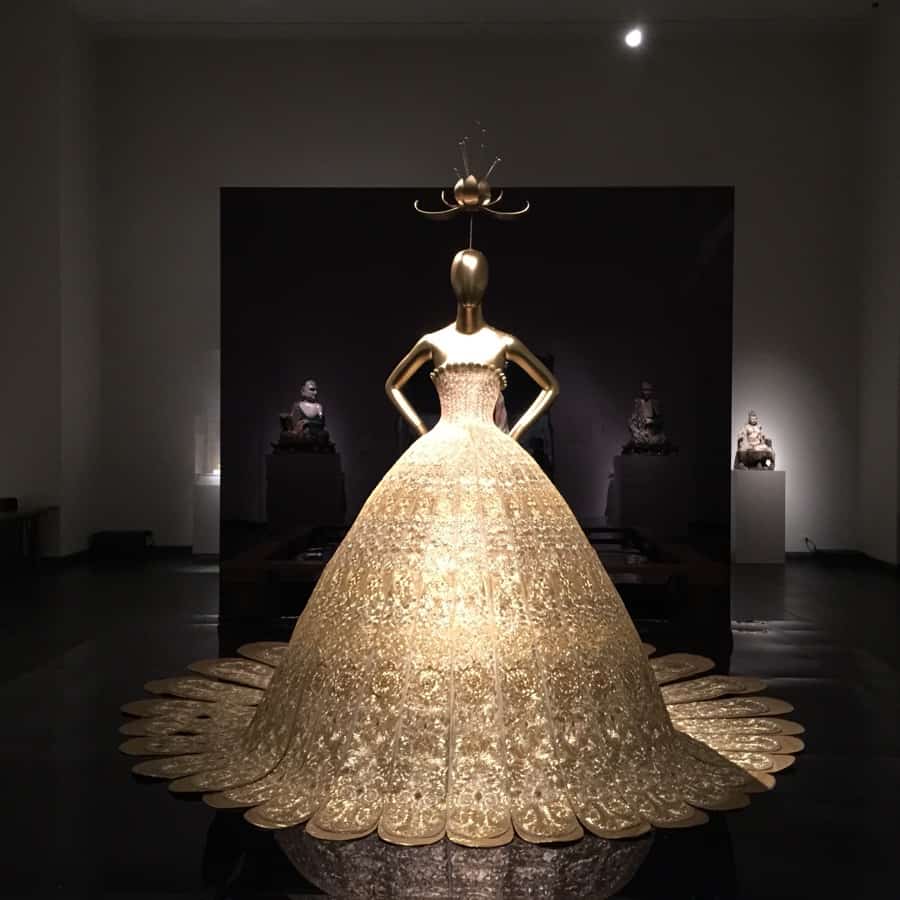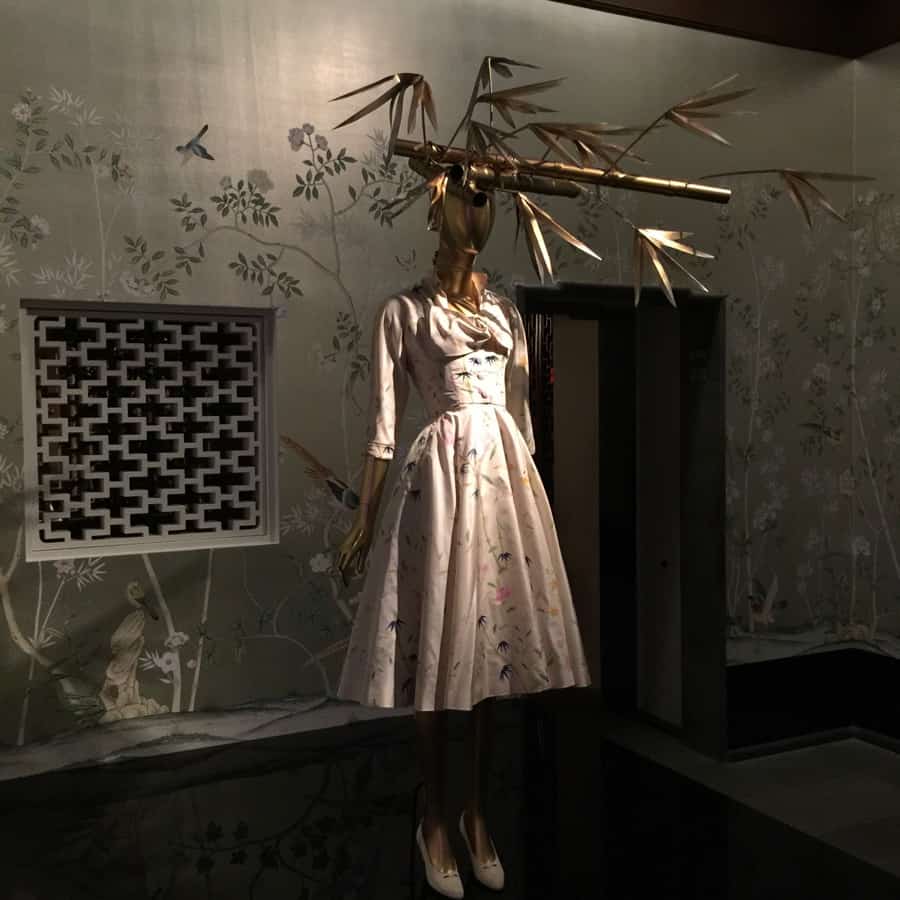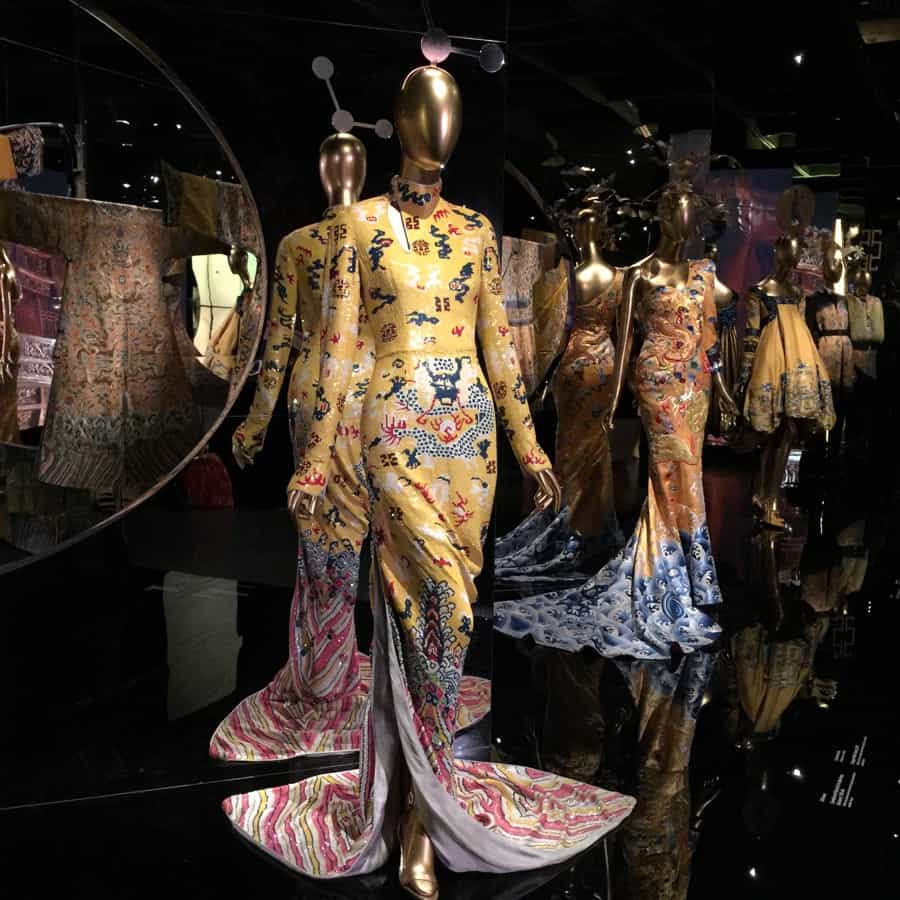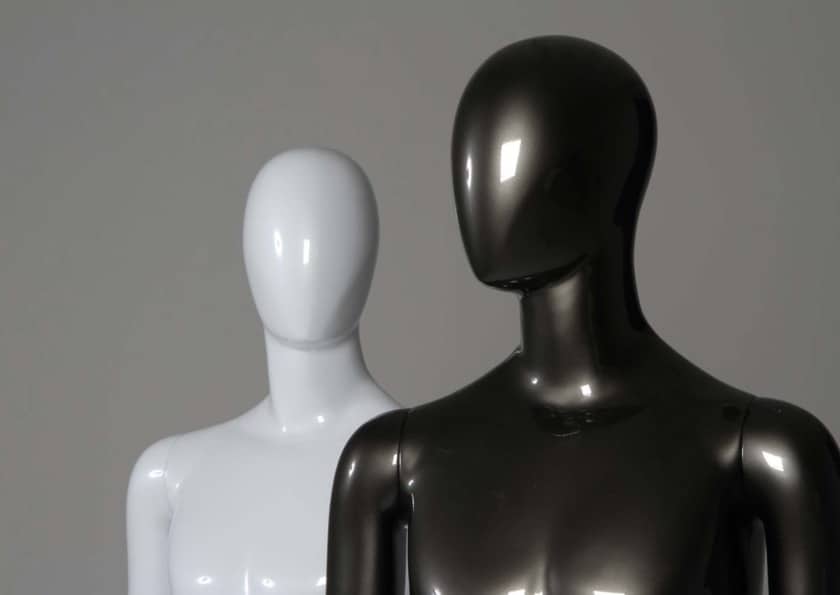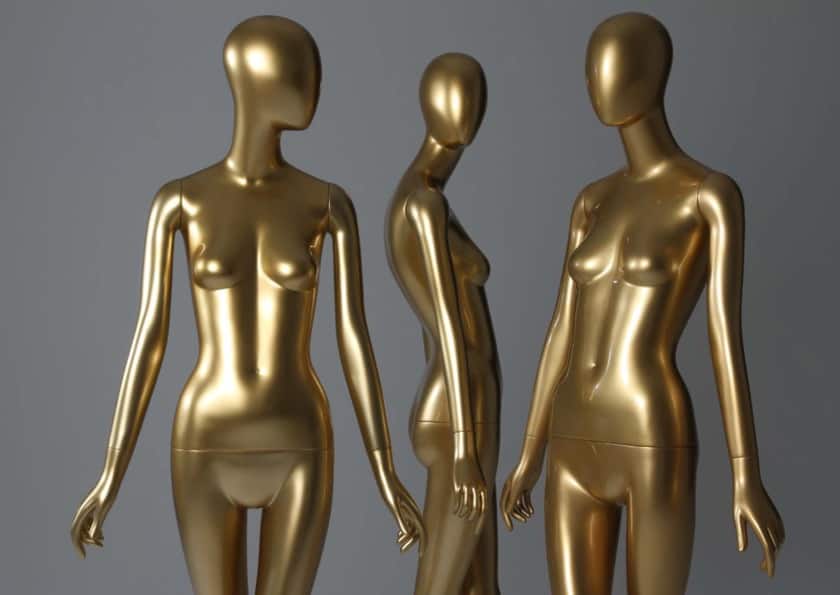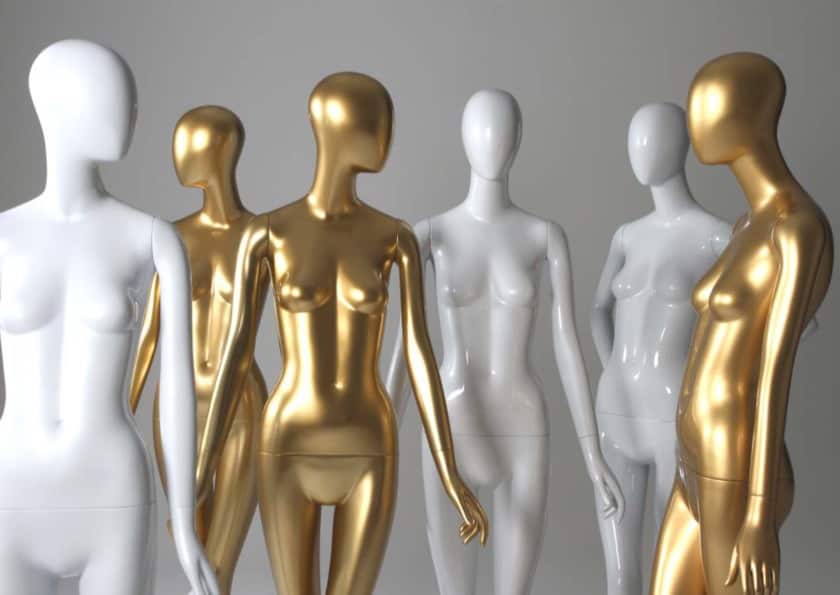The MET in New York is currently hosting an exhibition celebrating the costume and creativity of China featuring bespoke Schläppi Mannequins produced for the event. The exhibition features more than 140 haute couture garments, avant-garde ready-to-wear and Chinese art objects.
“China: Through the Looking Glass,” is an interpretation of Chinese creativity imagined by the west. Curator Andrew Bolton describes the exhibition as a story of time unfolding like a Lewis Carol novel where the viewer is led through a maze of cultural and visual riches. The exhibition illustrates the influence on western fashion that Chinese garments have made throughout its history.
Andrew Bolton portrays a fictional world inspired by themes of Chinese history and cinema. Three central periods of Chinese history are explored; Imperialism, Nationalism and The Peoples Republic. A criss cross cultural expose of imagery, symbols and personalities contributes to the richness of the experience and tells a strong story of Chinese imperialism and modernity.
The first part of the exhibition is devoted to Imperialist China. Symbols of the virtues of the Emperors are displayed within the embroidery on the garments. Headsets on the Schläppi mannequins by British milliner Stephen Jones reflect these symbols. In the second part of the exhibition, the traditional Chinese Qipao dress is presented as a link between imperialism and modernity as China travels toward its nationalist unity. The qipao evolved from the imperial robe, incorporating many of the symbols of imperial china whilst incorporating western fashion manufacturing techniques. All of the garments are displayed using the simple form of the bespoke Schläppi mannequin.
Garments worn by Anna May Wong, the first Chinese American movie star are featured in the exhibition alongside the minimalist suits of Mao Tse-tung. The Schläppi mannequins are used throughout and illustrate the collection’s ability to participate in theatre as well as sobriety. A series of dresses by John Galliano for Dior and recycled opera garments from the 1930’s by Martin Margiela feature in the exhibition.
The Schläppi collection with bespoke heads and ‘petite’ pieces make up the forms for this exhibition. Bonaveri, through their New York agents, DK Display, worked to create these bespoke full size mannequins as well as miniature figures.
A gala event, the 2015 Costume Institute Benefit, overseen by Vogue’s Anna Wintour, was held on the 4th of May and marked the opening of the exhibition. The exhibition runs until 7 September 2015.
Photos: Courtesy – Metropolitan Museum New York
